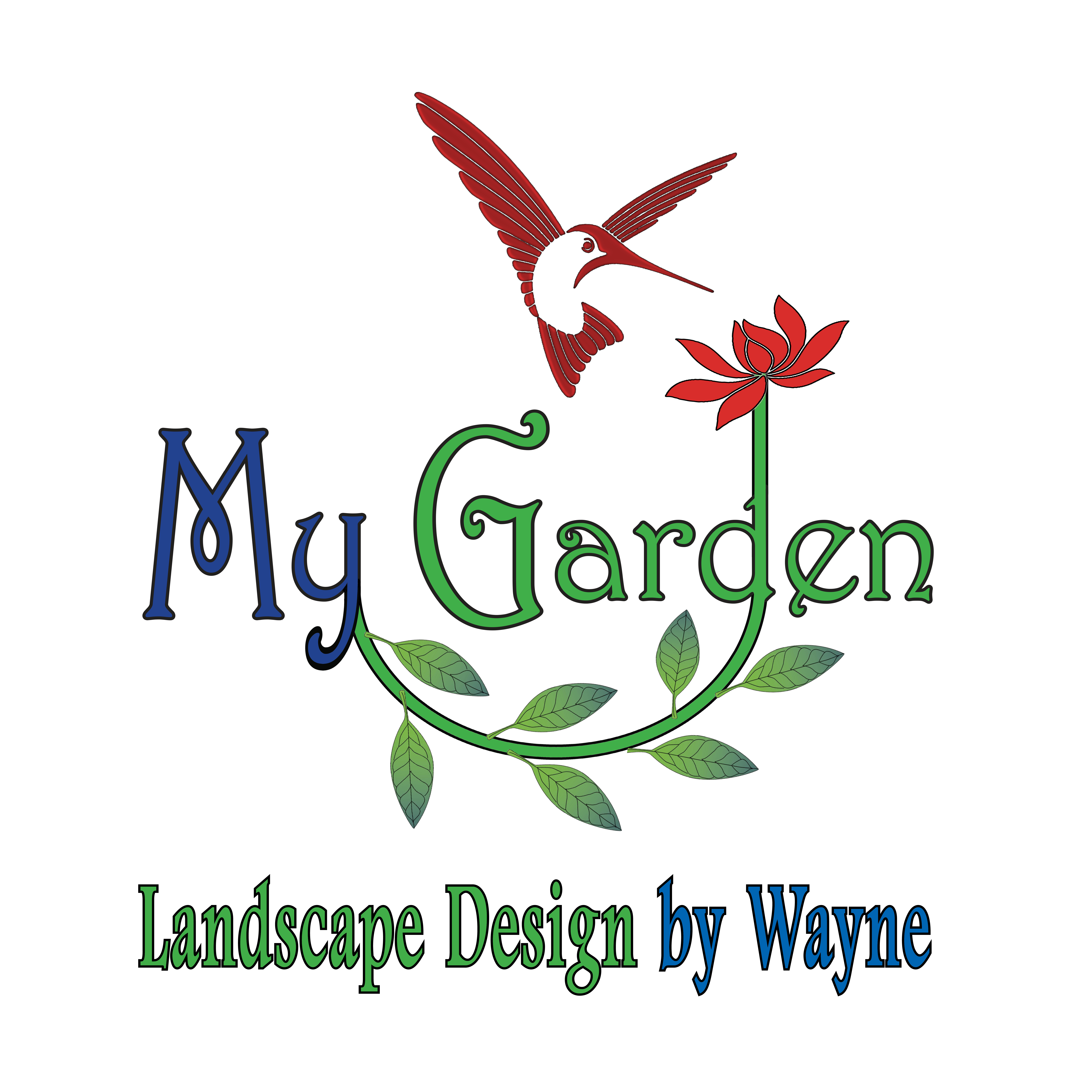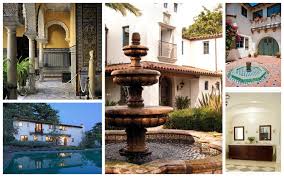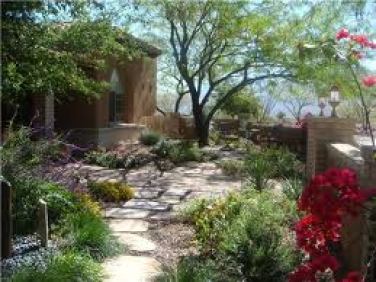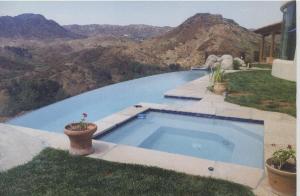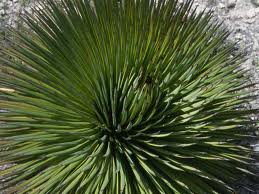
Small Spaces and Courtyards
Many California homes have small space gardens in the front and back yards. Whether you live in a condominium, patio home, or a high density housing project—large home on a small lot—your goal is to make the most of your premium space. Whether it’s a simple wall fountain with lush, flowering plants, or a unique pool and spa with waterfall, your landscape plan must use the limited space properly, or your garden experience will not be a positive one. Whether you select a formal or an informal Patio Garden theme, the repetition of plants, hardscape elements, colors, and the balance of bold, bright features with fine, muted features must be consistent. Directing the viewer’s eye to a focal point, while making gradual changes in the height and color of the plant material, promotes visual depth to a cozy patio environment. Softening walls and structures with vines and espaliers makes the garden feel spacious. Outdoor social areas—gathering places—such as patio tables, benches, fire pits, and fireplaces with seating all add elevation changes. These elements are to be complimented with fragrant plants, various leaf textures, and garden sounds such as falling water.


Patio Garden Elements:
Staying in scale with the space afforded is critical to the success of the Patio Garden. Install wall fountains / statues / sculptures / bird baths / urns with running water / fountains with fire and water / patio deck materials complimenting the inside flooring of the home / outdoor kitchen in scale with the yard / walkways that meander and “disappear” behind foundation shrubs giving the illusion of depth / seating and benches that add elevation change / containers of various sizes placed in groupings.







Plant Selections
The plant selection features trees, shrubs and groundcovers that stay in scale, that is, do not grow too large. Successful plant choices include small foreground plants such as Sea Thrift, Dianthus, and Blue-Eyed Grass. Dwarf foundation plants such as Dwarf Daylilies, Salvia ‘Santa Barbara’, and Dwarf Kangaroo Paws add texture and color. Annual color is used as part of a focal point, an entry, or in containers. Perhaps a fruit-bearing Dwarf Citrus espalier against a wall, or dwarf flowering tree in container, suits your lifestyle. A side yard with appropriate sun exposure may be the perfect spot for a raised vegetable garden. Another consideration is mounded areas with succulent and rock garden plants. Mounds give a feeling of depth. Think of Disneyland®, where Walt placed a gigantic mound, or berm, around the entire park to make visitors feel they were surrounded by lush vegetation.









